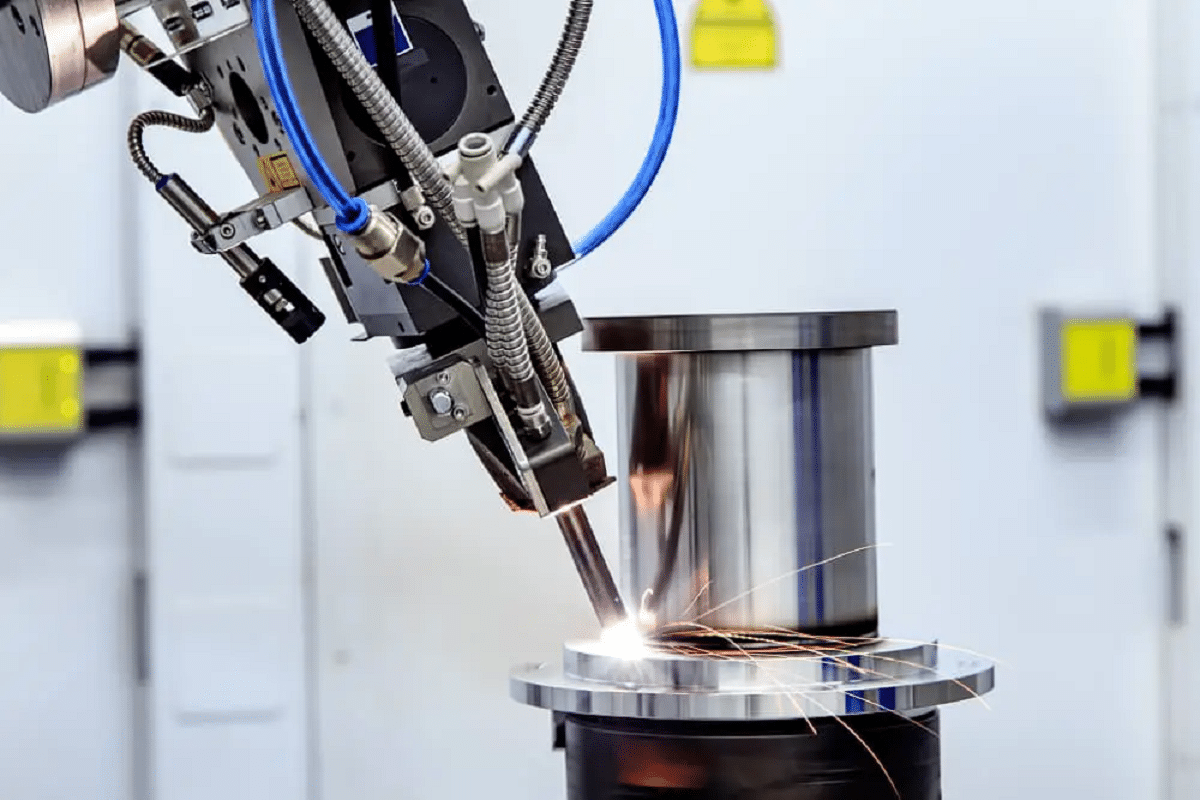Understanding the Art of Welding: Just How to Prevent Undercut Welding Issues for Flawless Fabrication Outcomes
By comprehending the root causes of undercut welding and executing reliable methods to stop it, welders can elevate their craft to brand-new levels of excellence. In the quest of flawless construction outcomes, grasping the art of welding to stay clear of undercut issues is not simply an ability but a necessity for those aiming for excellence in their work.
Understanding Undercut Welding

To stop undercut welding, welders ought to make certain appropriate welding specifications, such as readjusting the current, voltage, traveling rate, and keeping the appropriate electrode angle. Furthermore, utilizing the ideal welding strategy for the certain joint arrangement is necessary. Utilizing weaving activities or backstepping techniques can assist guarantee appropriate weld metal deposition and lower the possibility of undercut formation. Regular evaluation of welds during and after the welding process is likewise vital to catch any undercut very early and make needed changes to protect against further defects. Preventing weld undercut. By understanding the reasons for undercut welding and carrying out safety nets, welders can attain top quality, structurally audio welds.
Causes of Undercut in Welding
Recognizing the elements that add to damage in welding is important for welders to generate high-grade, structurally sound welds. Inadequate welding present or wrong welding rate can also contribute to damage. Comprehending these causes and applying correct welding techniques can help stop undercutting issues, ensuring resilient and strong welds.
Strategies to Prevent Undercutting

To minimize the threat of damaging in welding, welders can use strategic welding strategies intended at boosting the top quality and integrity of the weld joints. One reliable approach is to adjust the welding specifications, such as voltage, present, and travel speed, to make certain correct warmth input and deposition. Preserving a suitable electrode angle and guaranteeing consistent travel speed can additionally help avoid undercut. Furthermore, using the right welding strategy for the particular joint setup, such as weave or stringer beads, can add to decreasing undercutting. Preventing weld undercut.
Using back-step welding strategies and regulating the weld bead profile can additionally aid distribute warm evenly and decrease the danger of undercut. Normal examination of the weld joint throughout and after welding, as well as executing top quality guarantee procedures, can assist in dealing with and spotting undercutting problems immediately.
Relevance of Correct Welding Criteria
Picking and maintaining proper welding specifications is necessary for attaining successful welds with very little flaws. Welding parameters refer to variables click for source such as voltage, existing, take a trip speed, electrode angle, and securing gas flow price that directly affect the welding procedure. These specifications need to be thoroughly changed based upon the kind of material being bonded, its density, and the welding technique utilized.
Correct welding criteria make certain the correct amount of heat is used to melt the base steels and filler material uniformly. If the criteria are established expensive, it can result in extreme warm input, causing burn-through, distortion, or spatter. On the various other hand, if the parameters are also low, incomplete combination, absence of infiltration, or undercutting may occur.
Quality Control in Welding Workflow

Final Thought
In final thought, grasping the art of welding requires a comprehensive understanding of undercut welding, its reasons, and strategies to avoid it. By making certain appropriate welding criteria and implementing quality control practices, perfect manufacture results can be achieved. It is vital for welders to regularly make every effort for quality in their welding operations to avoid undercut issues and generate premium welds.
Undercut welding, an usual flaw in welding processes, happens when the weld metal doesn't effectively fill up the groove and leaves a groove or anxiety along the welded joint.To stop undercut welding, welders should guarantee appropriate welding criteria, such as readjusting the current, voltage, traveling speed, and keeping the correct electrode angle. Inadequate welding wrong or present welding speed can also add to undercut.To minimize the danger of undercutting in welding, welders can use tactical welding techniques intended at boosting the top quality and stability of the weld joints.In verdict, mastering the art of welding requires a complete see this website understanding of undercut welding, its causes, and methods to avoid it.